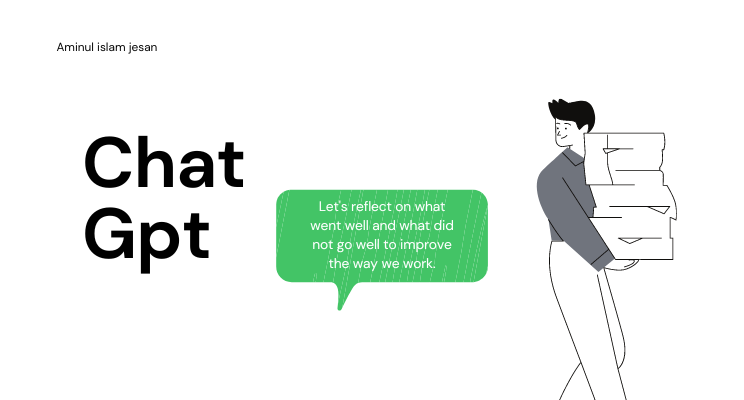Many people think that sign language is only for people who are deaf or hard of hearing. But did you know that sign language can also be beneficial for hearing children? There are many benefits of teaching your child sign language, including improved communication skills, increased cognitive development, and enhanced bonding between parent and child. In this blog post, we will explore some of the top reasons why you should consider teaching your child sign language.
Sign language can improve communication skills
It is no secret that children are not great communicators. This is due to their lack of experience and understanding of the world around them. However, there are ways to help improve communication skills in children, one of which is through sign language.
Sign language has been shown to be beneficial for both verbal and nonverbal children in a number of ways. For example, it can help improve cognitive skills, memory, and attention span. Additionally, sign language can also help reduce frustration levels by providing a means of communication that is more direct than speech.
One study even found that infants who were exposed to sign language displayed enhanced social-emotional functioning at 12 months old. So not only can sign language help improve communication skills in children, but it can also have a positive impact on their overall development.
If you’re interested in teaching your child sign language, there are a few things you should keep in mind. First, start small and gradually build up the number of signs you use. Second, make sure to use clear and concise signing so your child can understand you. And finally, be patient – learning any new skill takes time and practice.
Sign language can help children bond with their parents
When parents and their children are able to communicate using sign language, it can help create a stronger bond between them. This is because they are able to understand each other in a way that they wouldn’t be able to if they were only communicating through spoken language.
In addition, using sign language can help children learn to communicate at an earlier age. This is because they are able to start using signs before they are able to speak. As a result, they are often better at communicating their needs and wants than children who don’t know any sign language.
Finally, teaching your child sign language can also be beneficial for you as a parent. This is because it can help you better understand what your child is trying to say. It can also help you respond more effectively to your child’s needs and wants.
Sign language can help children learn about other cultures
Exposing children to different cultures is important for their development. It helps them become more well-rounded and understanding of the world around them. One way you can introduce your child to other cultures is by teaching them to sign language.
Sign language is not only a way of communication, but it also gives insight into another culture. When you teach your child sign language, they will learn about the history and origins of the language. They will also learn about the deaf community and its culture. This can be a great way to open up discussions about other cultures with your child.
In addition, learning sign language can also help your child develop their communication skills. It has been shown to improve literacy skills and can even help children who are struggling with spoken language development. So, not only will your child be exposed to other cultures when you teach them to baby sign courses, but they will also benefit academically as well!
Sign language can help children develop cognitive skills
One of the great benefits of teaching your child sign language is that it can help them develop cognitive skills. Numerous studies have shown that children who learn sign language tend to have better fine motor skills, spatial awareness, and problem-solving abilities than those who don’t.
In addition, sign language can also help children with communication and social skills. It has been shown to improve verbal communication in children, as well as their ability to interact with others. Children who know sign language tend to be more confident and outgoing, and they often excel in group settings.
So if you’re looking for a way to give your child a boost in their development, consider teaching them to sign language. It’s a fun and rewarding experience for both you and your child!
How to get started with teaching your child sign language
Start by purchasing a signing dictionary or borrowing one from the library. There are also many helpful websites and apps that can teach you how to sign in. Once you have learned some basic signs, begin teaching them to your child. Start with common words such as “more,” “eat,” and “drink.”
You can use everyday activities as opportunities to teach your child new signs. For example, when you are getting ready for bed, you can teach your child the signs for “sleep” and “night.” As your child learns more signs, he or she will be able to communicate his or her needs and wants more effectively.
Teaching your child sign language is a fun and rewarding experience for both of you!
Conclusion
There are many benefits to teaching your child sign language, including improved communication, bonding, and cognitive skills. If you’re interested in giving your child a head start in life, consider signing up for a class or investing in a how-to book or DVD. You and your child will be glad you did!




